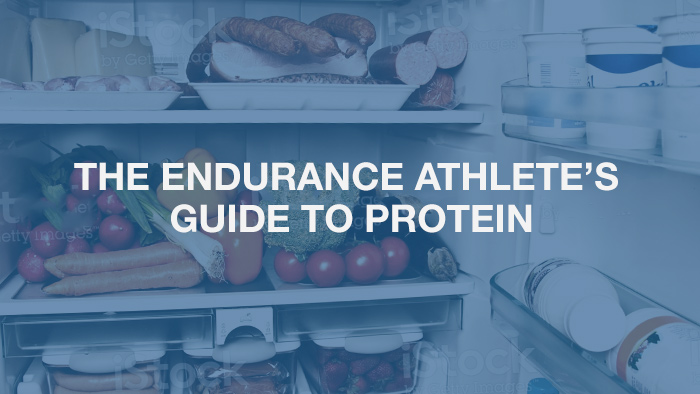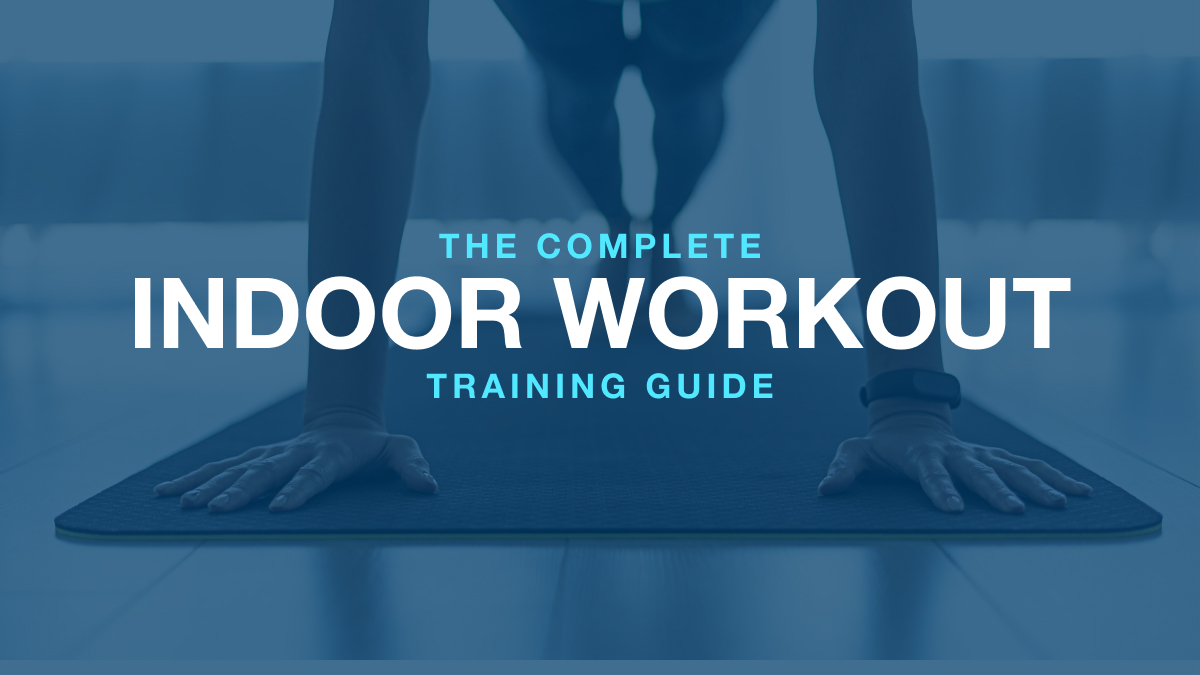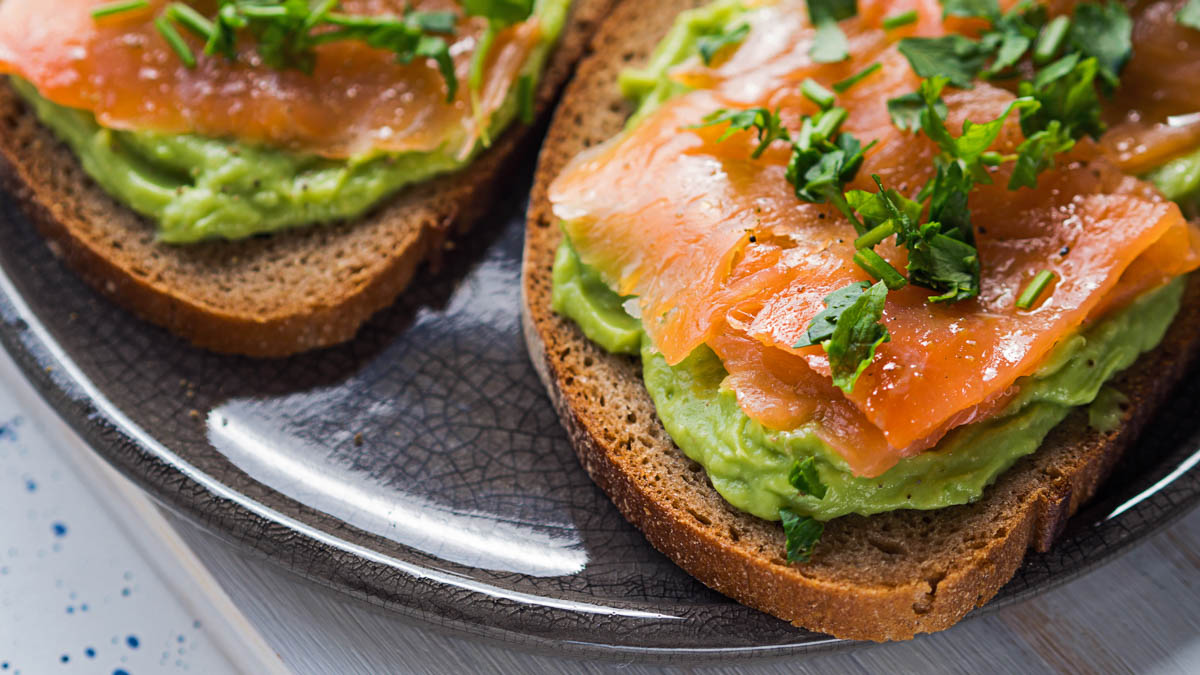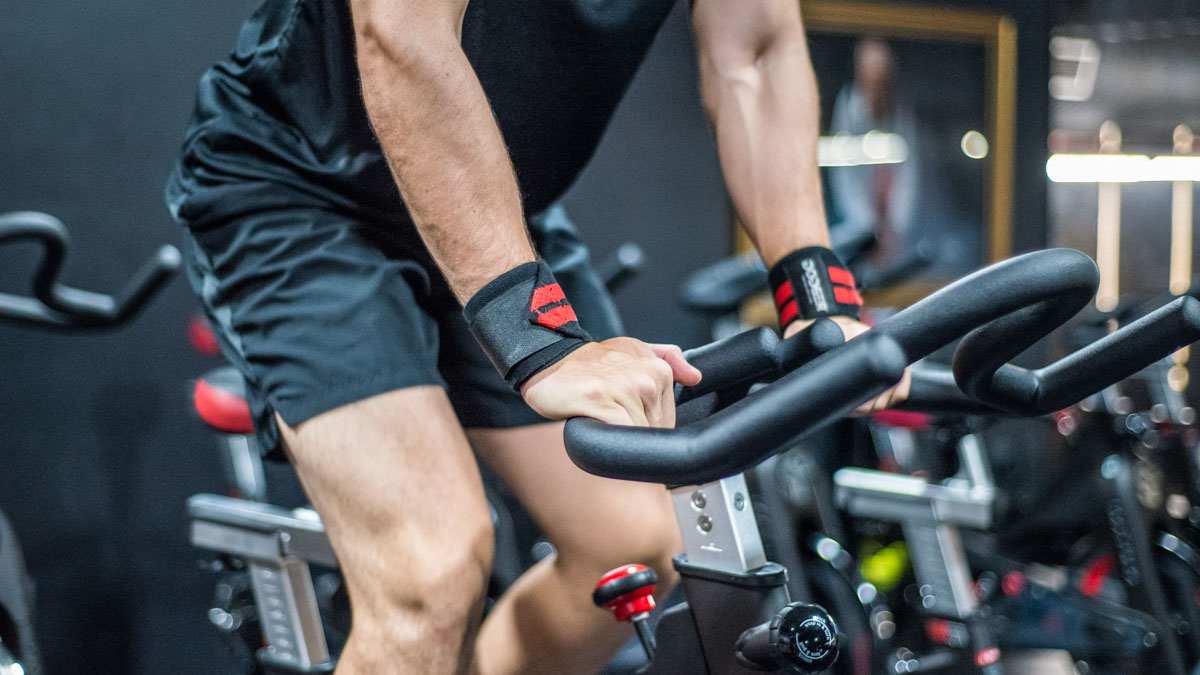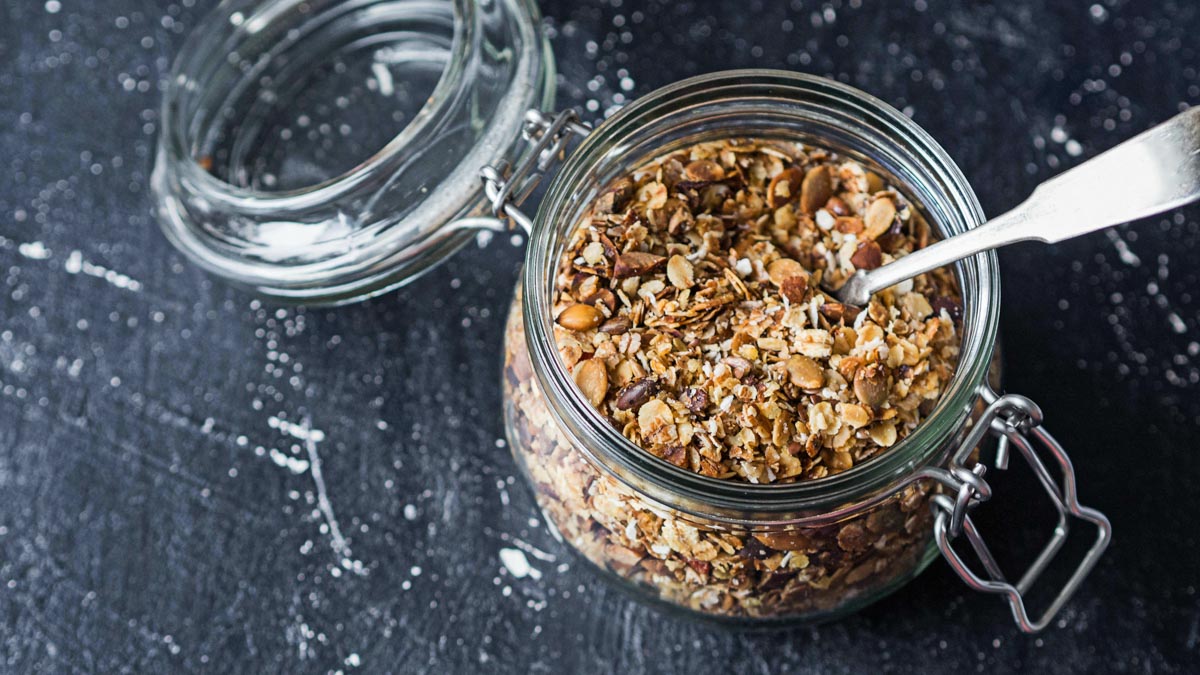There’s constant discussion among scientists, athletes, and coaches about how to properly fuel for endurance activities. It’s been widely agreed upon that carbohydrates are the primary fuel that feeds athlete’s endeavors. However, one of the compounds that receives varying amounts of attention is protein. Protein has long been associated with post exercise recovery but why is it important, and is it useful during other parts of your training? Understanding what protein is, why you should consume it, and how it should fit into your overall nutrition strategy can go a long way in making sure you’re getting enough of this vital compound.
Why Should Athletes Consume Protein?
Everyone needs protein. However, as an athlete, you likely have more lean muscle mass than your sedentary counterparts and are more concerned about recovery from training sessions, thus your need to make protein a priority. The interaction of post-exercise metabolic processes and increased amino acid availability maximizes the stimulation of muscle protein synthesis and results in even greater muscle anabolism than when dietary amino acids are not present.1 In other words, when protein is introduced after exercise, your body is much more likely to have what it needs to repair and replenish itself from the damage experienced during training.
All athletes burn some amount of protein during activity, especially when carbohydrate stores run low. Protein, although most often associated with recovery and muscle synthesis, serves many important functions in the body of an endurance athlete.
- Protein is needed for the formation of hemoglobin, which carries oxygen to exercising muscles.
- It’s critical for controlling fluid volume and maintaining water balance.
- Proteins that are consumed are digested and broken down into amino acids that then go into an amino acid pool that can be drawn from if carbohydrate stores run low.
- The Branch Chain Amino Acids (BCAA) found in protein are critical in repairing muscle damage that has occurred during exercise.
- BCAA also help to synthesize muscle production for building lean muscle.2
These are just a few examples of how protein assists the body before, during, and after activity. While there’s no denying protein’s role in post activity recovery, its benefits are far greater than your standard recovery shake.
How Much Do Athletes Need?
Now that you know why protein is important, let’s look at what the requirements are. Before you begin to establish how to integrate protein properly into your training diet, you need to understand how much you should consume under normal circumstances (no or light training). For most active individuals not under heavy training load, 12 percent to 15 percent of their daily calorie consumption should come from protein. However, when training intensity, volume, or both increase, athletes may need to take in 15 percent to 20 percent or more of their daily caloric requirements from protein. This intake should be based on the amount of muscle damage that’s incurred from hard training. Muscle soreness is one of the best indicators of this type of damage. To understand your protein needs calculate your grams per pound required for certain training loads.
- Moderate training – .45 grams per pound
- Heavy training – .5-.75 grams per pound
- Very heavy training – .8-.9 grams per pound3
Timing of Protein Intake
Quantity isn’t the only important factor in protein consumption. Timing is also critical to ensure you’re getting the most out of each serving. Ideally, one hour before higher intensity sessions or strength training you should take in 10 to 20 grams of protein along with 35 grams of carbohydrates for the best results. It’s important to continue to provide your body with sufficient carbohydrate intake, as protein is not nearly as efficient a fuel for endurance activities.
There’s also a 30 minute window post-exercise when .5 grams per pound of carbohydrates and slightly less protein make for the most effective post workout recovery routine. Your overall goal should be to maintain a “positive protein balance”, meaning you meet all of the requirements for normal function and synthesis of new muscle tissue. Muscle growth can only occur if muscle protein synthesis exceeds muscle protein breakdown.4
What Types of Protein are Best?
There is no shortage of pre and post exercise supplements available in today’s marketplace. So, what should you look for in a protein? There are two main components in any protein. One is the branch chain amino acids (BCAA) that make protein the key to recovery and muscle synthesis. The other is whether or not they are essential or nonessential. Essential proteins are those that are not produced naturally by the body, and thus need to be ingested. Non-essential proteins occur naturally in the body, and don’t need to be consumed in the diet. You should also look for proteins that have a high Biological Value (BV). A high BV indicates that the protein is highly available once it’s been ingested, and thus is most usable.5
There are also proteins that research has shown tend to work best during exercise. Soy protein, due to its unique amino acid profile, is believed to be best during extended duration exercise. It provides a sufficient amount of BCAA for energy production without the risk of ammonia accumulation. Increased blood ammonia levels have been linked to exercise exhaustion and heightened levels of fatigue.6
Conversely, whey protein has high levels of leucine, which is the primary BCAA responsible for the stimulation of protein synthesis. Protein synthesis is critical for muscle repair and growth in order to enhance an athlete’s recovery and performance. Protein synthesis must exceed the muscle breakdown that occurs during exercise.7 All proteins are not created equal, so it’s important to identify for what purpose the protein will be used, as well its makeup to ensure you’re ingesting the right protein at the right time.
Consuming Protein During Long Duration Exercise
It’s become common knowledge that protein is important for recovery post activity, but what role does it play during prolonged exercise? After about 90 minutes of activity, well-trained athletes’ muscle glycogen stores become nearly depleted. Your own muscle tissue becomes a target for a process called gluconeogenesis, which is the synthesis of glucose from fatty and amino acids of lean muscle tissue. Adding protein to your fueling plan provides amino acids and thus reduces muscle cannibalization.8
At around the two hour mark, up to 15 percent of your total calorie burn can come from protein. If some amount of protein is not introduced during the course of the activity, the body will continue to rob amino acids from muscle tissues for fuel. This will increase the feeling of “soreness” post exercise, and make preparing for the next session more difficult.9
It should be noted that while protein is no doubt important during exercise, the number one focus should be primarily on the body’s number one fuel source, carbohydrates. Carbohydrates produce glycogen, which is where the majority of energy during prolonged activity comes from. Experiment with smaller amounts of proteins during exercise while keeping in mind that glycogen is key. Finding the correct ratio of carbohydrates to protein will help you find the proper balance of fueling during exercise and post activity recovery.
Protein is a key compound for a well-rounded approach to overall health and wellness. Its essential branch chain amino acids help repair damaged muscle tissue, as well as provide fuel during exercise. Most individuals already consume enough protein to satisfy a healthy diet, but once you begin heavier training loads take time to calculate what you will require to meet both pre and post activity needs.
Find the protein that’s right for you and delivers the correct nutrients to your muscles at the right time. Protein is much more than the go-to recovery shake after your workout. It’s a complex compound that should be wholly incorporated into your training and nutrition strategy.
References
- Tipton, K.D. & Wolfe, R.R. (2001, March 11). Exercise, Protein Metabolism, and Muscle Growth. Retrieved from https://pubmed.ncbi.nlm.nih.gov/11255140/
- Ryan, M. (2007). Sports Nutrition for Endurance Athletes.
- Kimball, S.R. & Jefferson, L.S. (2006, January). Signaling Pathways and Molecular Mechanisms Through Which Branched-Chained Amino Acids Mediate Transitional Control of Protein Synthesis. Retrieved from https://pubmed.ncbi.nlm.nih.gov/16365087/
- “Protein: Why it’s Important for Endurance Athletes” www.hammernutrition.com
- Mutch, B.J. & Banister, E.W. (1983). Ammonia Metabolism in Exercise and Fatigue: A Review. Retrieved from https://pubmed.ncbi.nlm.nih.gov/6341752/
- Calories Count. Retrieved from https://hammernutrition.com/blogs/getting-started/2-caloric-intake
- Lemon, P.W. (1987, October). Protein and Exercise Update. Retrieved from https://pubmed.ncbi.nlm.nih.gov/3316917/
